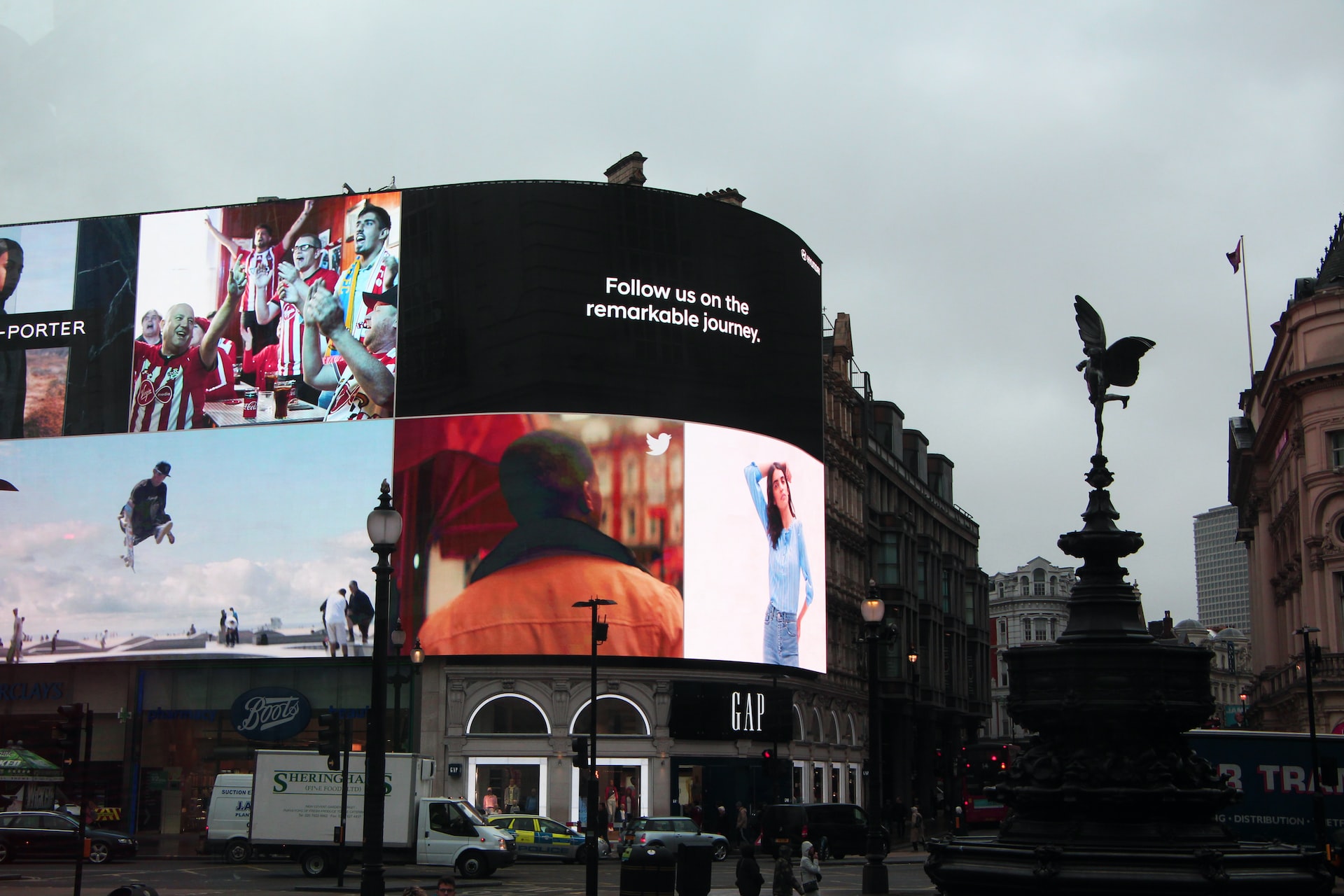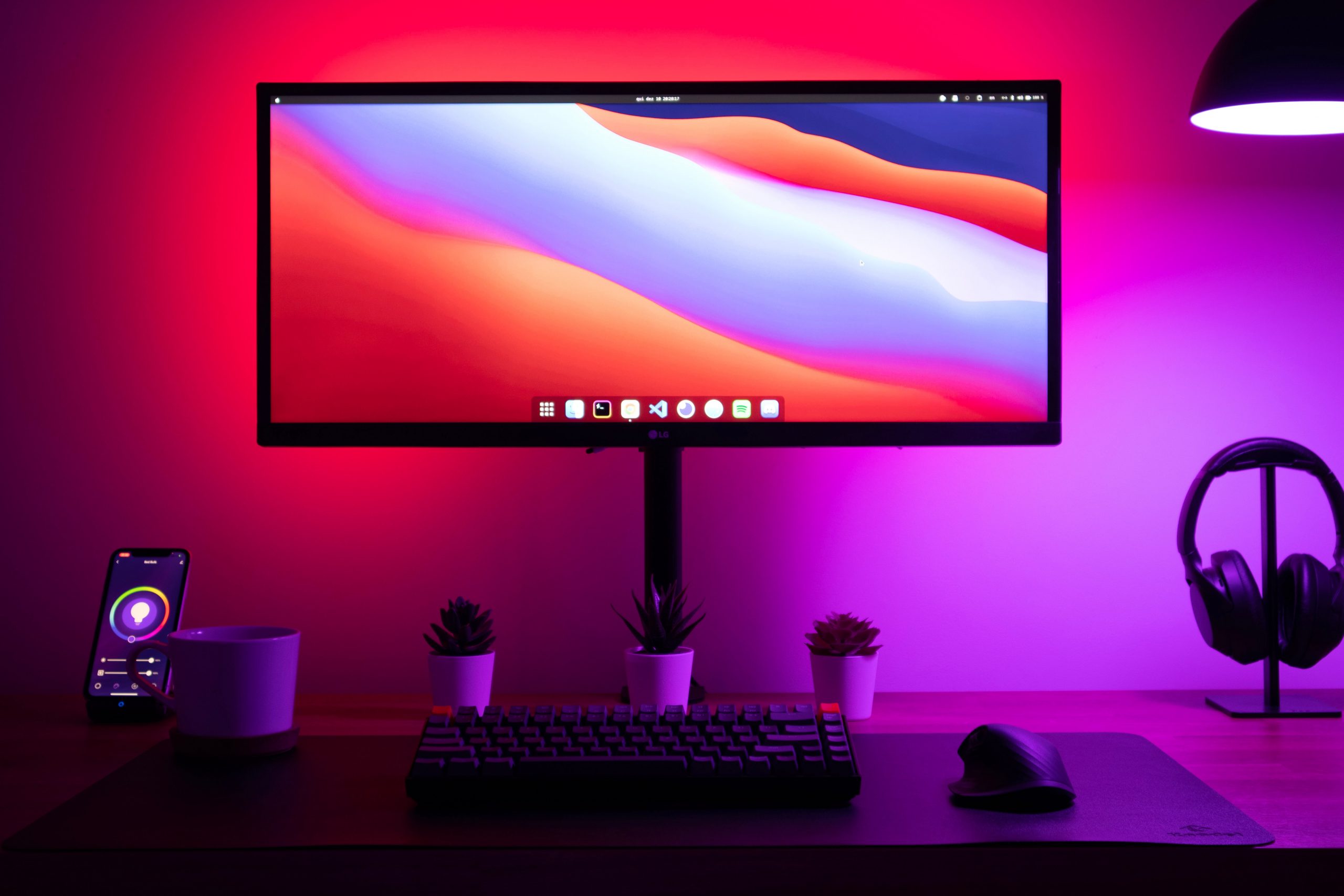Why a High Interest Savings Account Matters for Growing Your Money
Saving money is a habit that pays dividends, both financially and psychologically. Yet, not all savings accounts are created equal. Traditional accounts offered by major banks often yield returns so modest that your money barely outpaces inflation. For those looking to grow their funds more efficiently, a High Interest Savings Account offers a practical solution that can boost your returns without additional risk or complexity.
Choosing where to park your cash can have a direct impact on how quickly your savings grow. While riskier investments like stocks or mutual funds fluctuate in value, high interest savings accounts offer stability and predictability, making them a solid foundation for your financial plans. Now, let’s examine how these accounts work and what sets them apart from standard savings options.
How High Interest Savings Accounts Work
High interest savings accounts function much like any other savings account: you deposit your money, and the bank or financial institution pays you interest. The difference lies in the rate. These accounts typically offer rates several times higher than those of regular savings accounts, sometimes even approaching the rates of certain investment products, but with the benefit of government-backed insurance and daily liquidity.
- Interest Rates: The most prominent feature is the elevated interest rate, often advertised as annual percentage yield (APY). This means your money grows faster, compounding interest on your principal more frequently.
- Accessibility: Unlike term deposits or certificates of deposit, funds in a high interest savings account remain easily accessible. There are usually no penalties for withdrawals, granting you flexibility.
- Security: Most reputable high interest savings accounts are covered by deposit insurance, giving your savings protection against bank failure up to set limits.
The core benefit is that your money works harder for you without sacrificing liquidity or safety. As a result, these accounts can play an essential role for both short-term and long-term savers.
Comparing High Interest Savings Accounts to Other Options
Many people wonder how a high interest savings account stacks up against other common ways to save or invest. To illustrate the differences, here’s a table that compares high interest savings accounts, traditional savings accounts, and short-term certificates of deposit on a few key criteria:
| Account Type | Typical Annual Interest Rate | Liquidity |
|---|---|---|
| High Interest Savings Account | 1.5 to 4 percent | Immediate access |
| Traditional Savings Account | 0.01 to 0.05 percent | Immediate access |
| Short-term Certificate of Deposit | 1 to 3 percent | Locked until maturity |
| Money Market Account | 0.5 to 2.5 percent | Limited checks/withdrawals |
| Checking Account | 0 to 0.01 percent | Immediate access |
This table highlights the meaningful gap in both interest rates and accessibility. High interest savings accounts combine competitive rates with daily access, making them more versatile than certificates of deposit and more rewarding than standard savings or checking accounts. Understanding these differences can help determine which vehicle best aligns with your savings goals.
Benefits of Choosing a High Interest Savings Account
The advantages of a high interest savings account extend beyond a simple rate comparison. Here are several reasons why individuals and families are turning to these accounts to accelerate their savings:
- Faster Growth: Higher rates mean your balance grows quicker, especially over the long term thanks to compound interest.
- Low Risk: With government-backed deposit insurance, your principal is protected up to specified limits, reducing financial worry.
- No Long-term Commitment: Unlike locking your money away in a multi-year investment, these accounts let you access your funds whenever needed.
- Simple Setup: Most high interest savings accounts can be opened online in minutes, requiring little paperwork or effort.
- Automatic Transfers: Many accounts offer features like scheduled deposits, making it easier to stick to your savings plan.
These features make high interest savings accounts appealing to a broad range of savers, from those building an emergency fund to those saving for major purchases. As your needs change, the flexibility of these accounts can adapt alongside your goals.
Potential Drawbacks and Considerations
While high interest savings accounts offer clear benefits, it’s wise to consider potential trade-offs:
- Variable Rates: Interest rates can fluctuate based on the broader economic environment. While rates are higher than standard accounts, they can move up or down over time.
- Monthly Transaction Limits: Some accounts may impose limits on the number of withdrawals or transfers each month. Going over these limits could result in fees or account changes.
- Minimum Balance Requirements: Certain providers may require a minimum deposit or ongoing balance to earn the highest rate, so review terms carefully.
- Promotional Rates: Occasionally, the headline rate is a temporary promotion that drops after a few months. Always check the ongoing rate before signing up.
Understanding these points can help you select the right account and avoid unnecessary surprises. Informed savers can maximize benefits while sidestepping common issues.
How to Maximize Returns From a High Interest Savings Account
To get the most out of your high interest savings account, consider these practical tips:
- Shop Around: Compare rates and terms from different institutions. Online-only banks and credit unions often offer superior rates due to lower overhead costs.
- Automate Deposits: Setting up automatic transfers from your checking account can help you build your balance consistently without relying on willpower alone.
- Monitor Rate Changes: Keep an eye on any notifications from your provider. If your rate drops significantly, it may be worth moving your funds elsewhere.
- Stay Below Transaction Limits: Plan withdrawals and transfers to avoid unnecessary fees or restrictions.
- Check for Extra Perks: Some accounts offer features like budgeting tools, savings goals, or even cash-back rewards.
By taking a proactive approach and reviewing your account periodically, your savings can keep pace with changes and continue growing efficiently. This approach helps you benefit both from favorable interest rates and from a disciplined savings habit.
Who Should Consider a High Interest Savings Account?
High interest savings accounts are not limited to a particular type of saver. They are especially suitable for:
- Emergency Funds: The combination of liquidity and safety makes them ideal for money you may need on short notice.
- Short-term Goals: If you are saving for a vacation, car, or wedding within the next few years, these accounts offer steady growth with no risk to your principal.
- Overflow Savings: If your checking account balance regularly exceeds your monthly needs, moving excess funds into a high interest savings account lets you earn more without sacrificing access.
- Risk-averse Investors: Those wary of stock market volatility may appreciate the peace of mind that comes with insured, stable returns.
While these accounts are not designed for long-term wealth building in the same way as equities or real estate, they serve as a dependable component of a balanced financial strategy. Recognizing where they fit into your overall plan is key to making the most of their benefits.
Opening and Managing Your Account: Steps to Success
Getting started with a high interest savings account is a straightforward process. Follow these steps to open and manage your account effectively:
- Research Options: Use comparison tools and read the fine print on each account’s terms, fees, and insurance coverage.
- Prepare Your Documents: Typically, you’ll need identification, your Social Security number, and banking details for transfers.
- Fund Your Account: Decide how much to deposit initially. Some accounts require a minimum to open or to access the best rate.
- Set Up Online Access: Activate your online or mobile banking for convenient management and to monitor your interest payments.
- Review Regularly: Check your statements and account notifications to stay aware of any changes in terms or rates.
Staying engaged with your account management can help you spot opportunities to save more or to move your funds if a better rate becomes available elsewhere. This vigilance ensures your savings remain optimized over time.
Final Thoughts: Making Your Savings Work Harder
Choosing a high interest savings account can accelerate your financial progress without adding complexity to your life. By focusing on accounts that offer competitive rates, strong security, and ease of access, you can watch your money grow faster and with less stress. Whether you are building a cushion for emergencies, saving for a special purchase, or simply looking to get more from your idle cash, these accounts provide a practical, low-risk way to move closer to your financial goals.
As you weigh your options, remember that even small differences in interest rates can add up over time. Staying informed and periodically reviewing your choices will help keep your savings strategy effective and aligned with your needs.






























